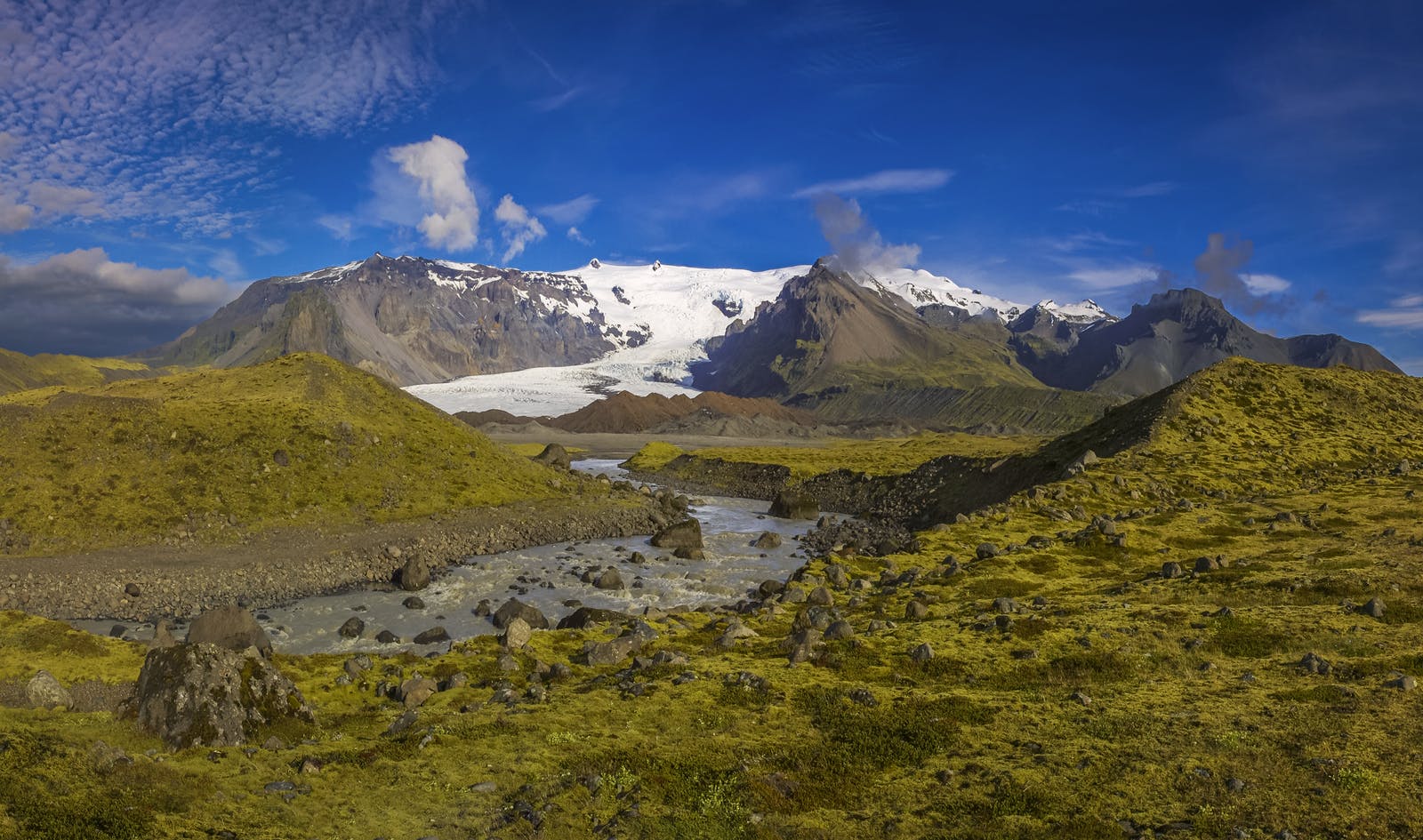
Glacier Retreat: What It Is and Why It’s Happening Faster Than Ever
Glaciers have shaped the earth’s surface for millions of years. They have carved valleys, influenced weather patterns, and stored massive amounts of freshwater. But today, glaciers are disappearing faster than ever. Glacier retreat is the process by which glaciers shrink due to ice loss, and it’s happening on every continent.
Iceland is one of the best places to witness this unfortunate change. The country’s glaciers are melting at an alarming rate, reshaping its vast landscapes. This blog explores why glacier retreat is happening so quickly and what it means for the planet.

What Is Glacier Retreat?
A glacier is a slow-moving river of ice formed over thousands of years by compacted snow. Glacier retreat occurs when a glacier loses more ice than it gains; this happens when temperatures rise, reducing snowfall and increasing melting.
Indeed, glacier retreat is different from natural fluctuations. In the past, glaciers advanced and retreated in cycles, often due to ice ages. Today, glaciers are shrinking much faster than before, mainly due to human-caused climate change.
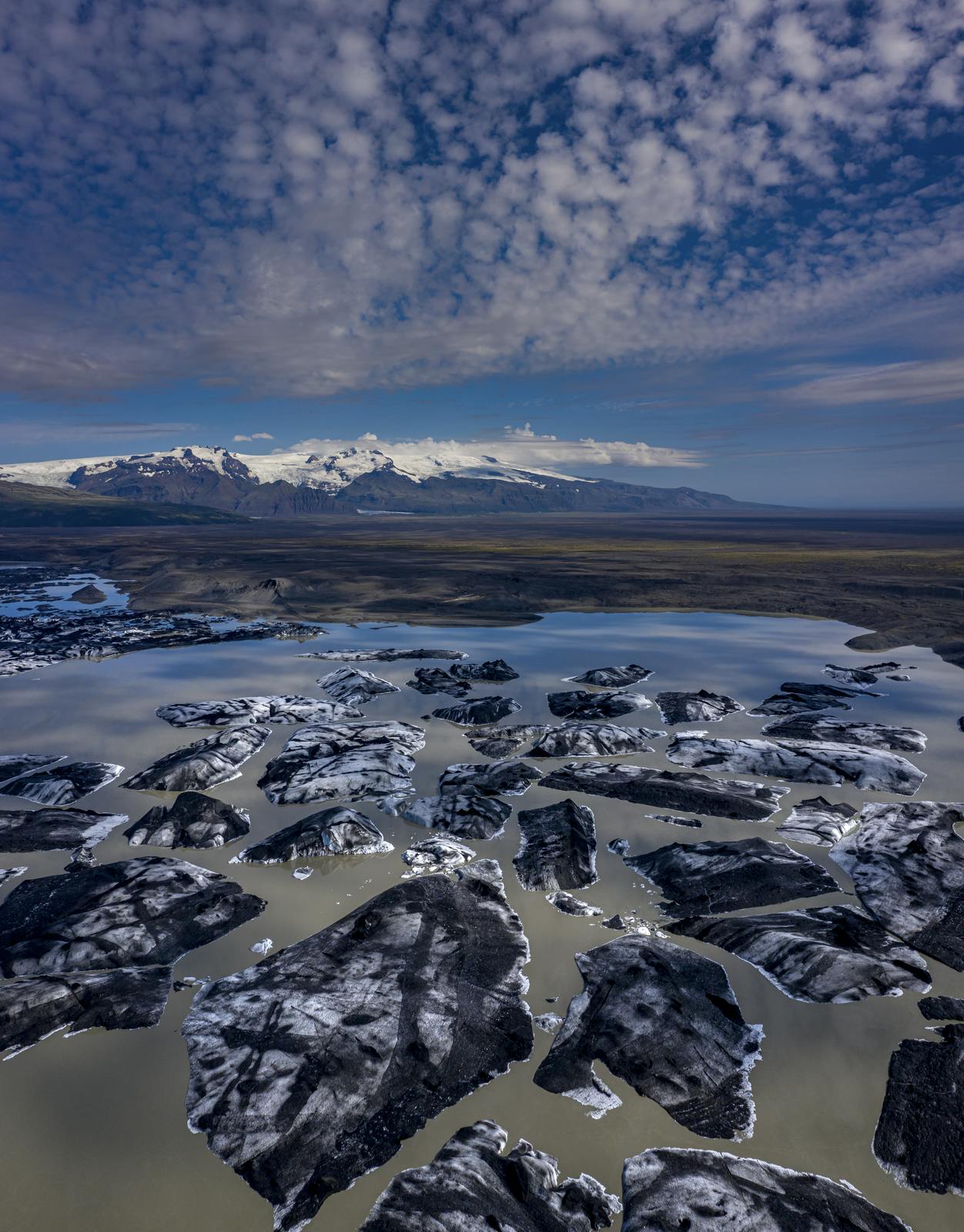
How is Glacier Retreat Measured?
Scientists measure glacier retreat by tracking changes in glacier cover, which is the area a glacier occupies. Data from the National Snow and Ice Data Centre show that glacier retreat has accelerated dramatically since the 20th century.
Why Are Glaciers Retreating so Fast?
Glaciers are retreating at an alarming rate due to a combination of global warming, changes in precipitation patterns, and feedback loops that accelerate ice loss. Here’s the science behind it:
Rising Temperatures & Greenhouse Gases
The Earth’s temperature is rising due to increased greenhouse gas emissions (CO₂, CH₄, N₂O) from human activities. Higher temperatures cause more ice to melt during the summer months than can be replaced by snowfall in the winter. This is particularly problematic in mountain glaciers and polar regions, where even slight temperature increases can have significant effects.
Albedo Effect an Ice Feedback Loops
Fresh ice and snow have a high albedo, meaning they reflect most sunlight. When glaciers melt, darker surfaces such as rock, soil, and ocean water are exposed, absorbing more heat and accelerating melting. This forms a positive feedback loop, where more melting leads to even more heat absorption.
Changes in Precipitation Patterns
Climate change disrupts normal precipitation cycles, leading to less snowfall in some regions, reducing glacier growth, and creating more rain instead of snow, which speeds up melting. It also leads to changes in storm patterns, which can cause some glaciers to shrink due to a lack of replenishment.
Warmer Ocean Temperatures and Ice Shelf Destabilisation
In polar regions, rising ocean temperatures are melting glaciers from below. Ice shelves, which are floating parts of glaciers, act like barriers, slowing ice flow into the ocean. As warm water melts the shelves, the land-based ice behind them starts moving into the sea faster, increasing ice loss.
Atmospheric Changes and Black Carbon
Air pollution, including black carbon (soot), settles on glaciers, reducing their reflectivity. This accelerates glacier melting by increasing heat absorption.
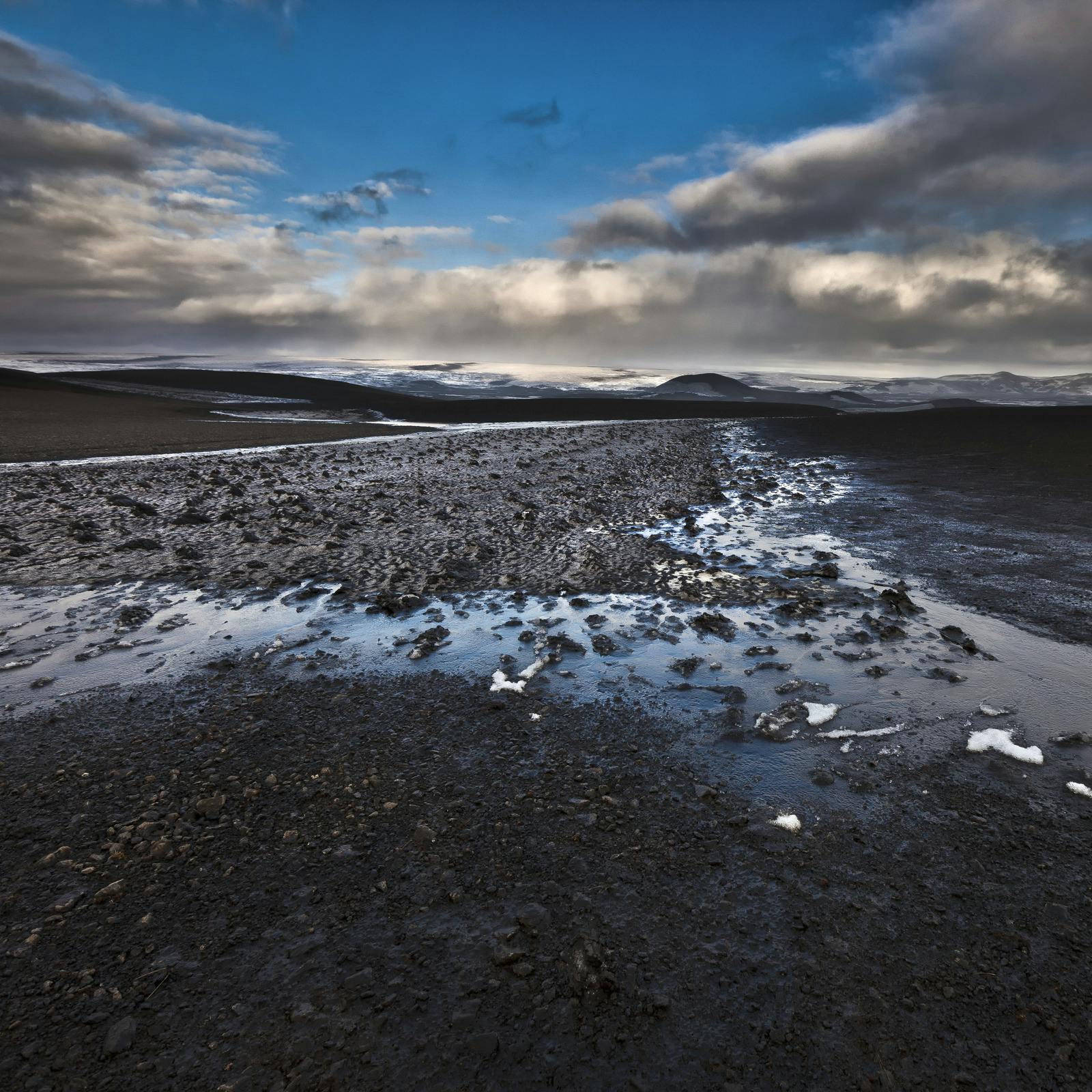
What Happens After Glacier Retreat?
When glaciers retreat, they expose new landscapes. Some of the effects include:
- Exposed Rock and Landforms: As ice melts, valleys, cliffs, and lakes appear.
- New Ecosystems: Plants and animals move into the newly exposed land.
- Formation of Glacial Lakes: Meltwater collects in valleys, forming lakes that can eventually flood.
Scientists monitor these changes closely in places like Iceland. At Perlan, visitors can learn how Iceland’s glaciers have changed over the years and what the future holds.
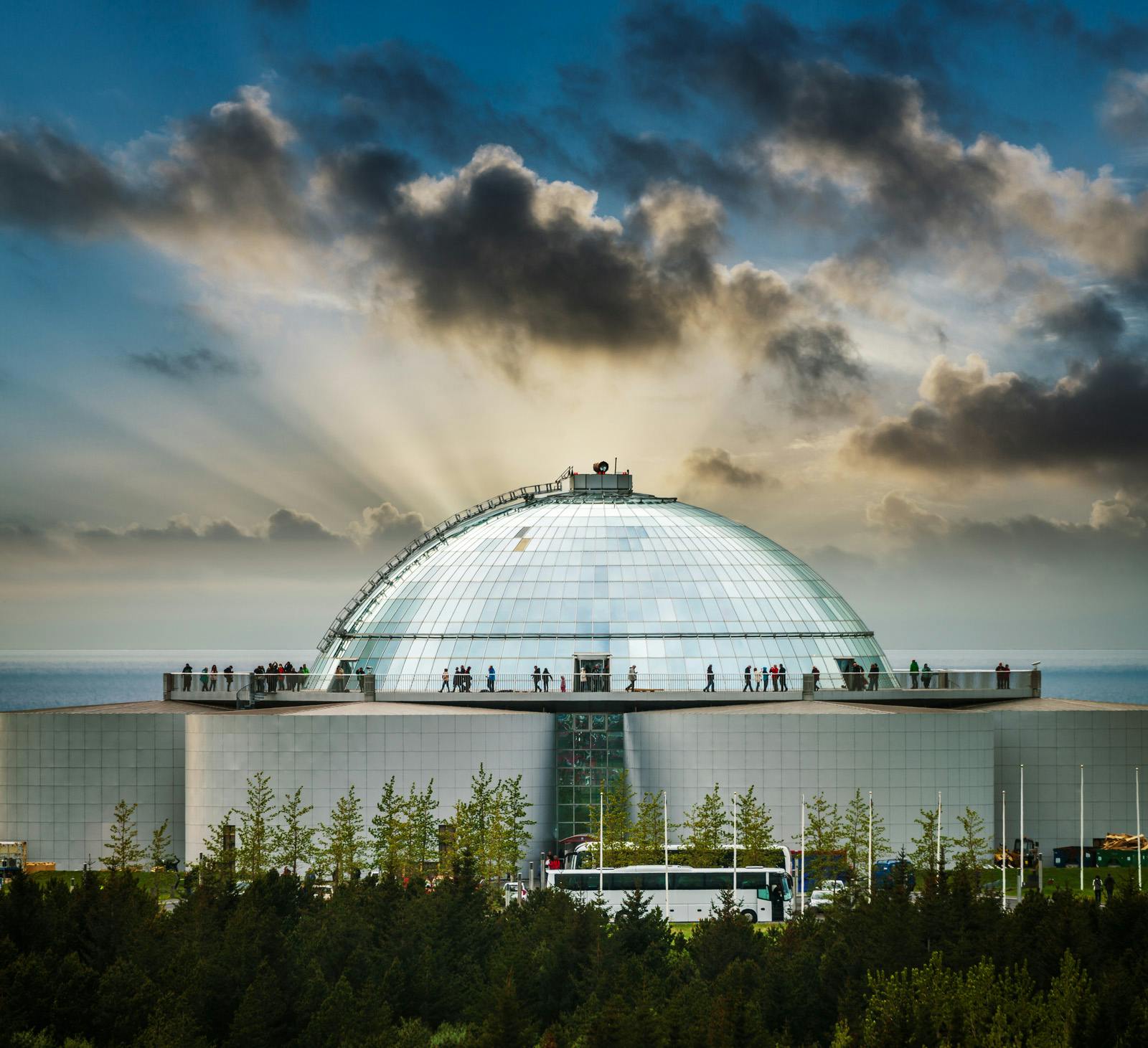
Where Is Glacier Retreat Happening?
Glacier retreats are occurring worldwide. Some of the most affected areas include:
- Iceland: The country’s glaciers have lost 16% of their ice mass since 1890.
- British Columbia, Canada: Valley glaciers in this region are shrinking rapidly.
- Greenland and Antarctica: Ice sheets are melting, contributing to sea level rise.
- The Alps and Himalayas: Mountain glaciers are retreating, affecting water supplies for millions.
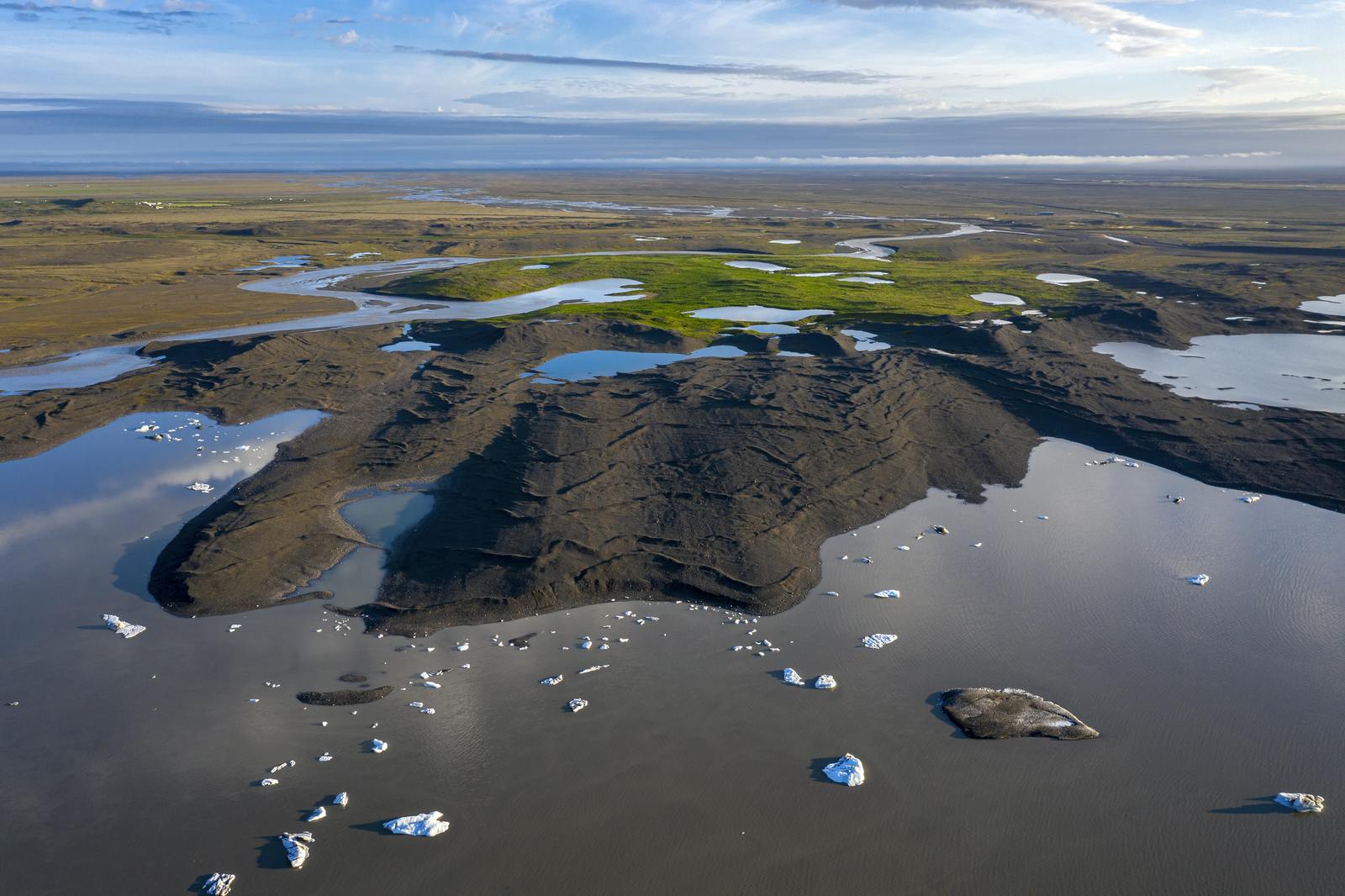
What Are the Consequences of Glacier Retreat?
Rising Sea Levels
As glaciers melt, water flows into the ocean, rising sea levels. If all glaciers melted, global sea levels could rise by over 70 metres.
Changing Ecosystems
Glaciers provide freshwater for rivers and lakes. When they disappear, wildlife and local communities lose an important water source.
Increased Natural Disasters
Glacier retreat can cause landslides, floods, and avalanches, especially in mountainous regions.
Loss of Cultural and Natural Heritage
Many glaciers are key tourist attractions and hold cultural significance. Their disappearance impacts local economies and traditions.
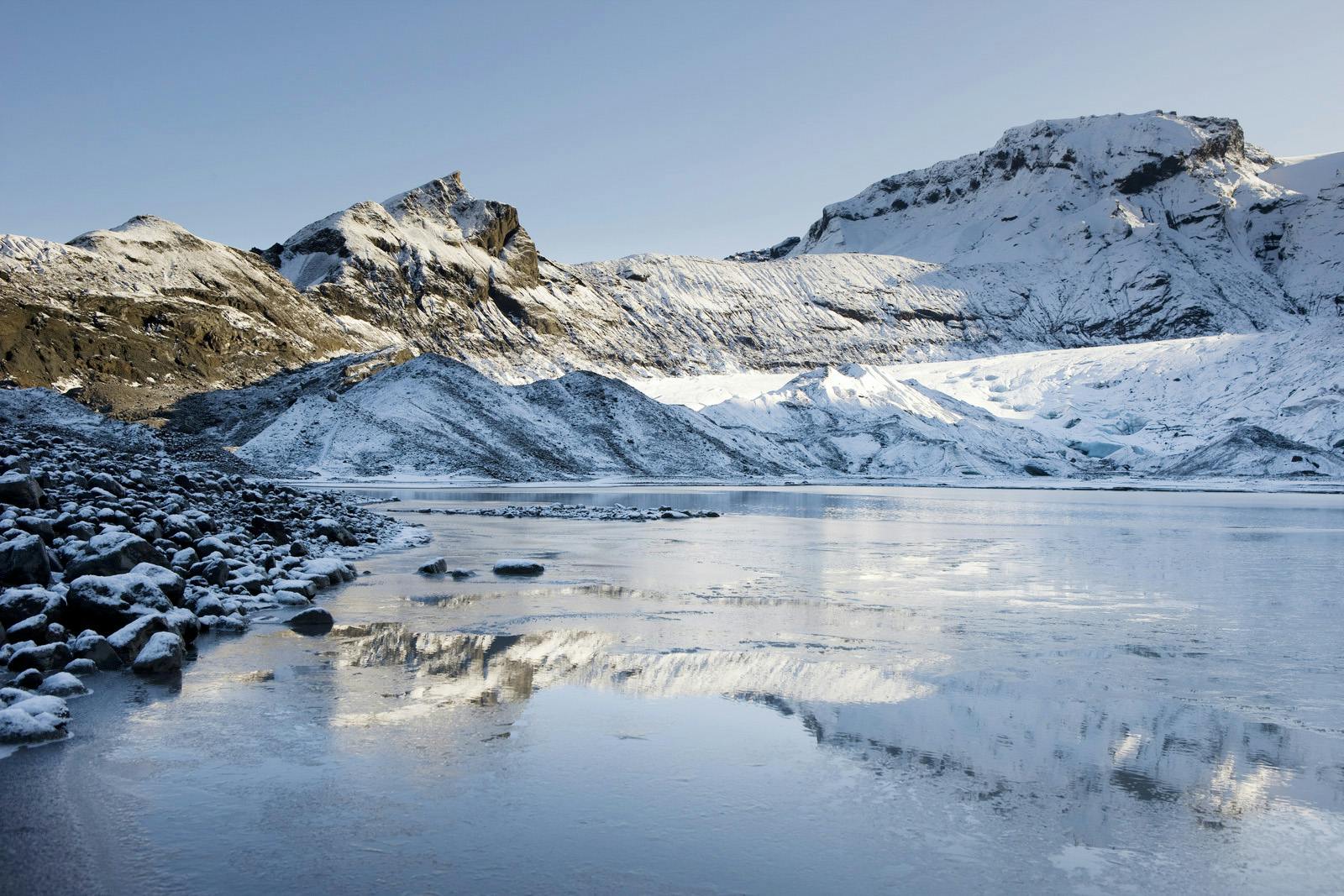
Can We Slow Glacier Retreat?
While glaciers will continue to shrink, we can slow down the process. Steps to reduce glacier loss include:
- Reducing Carbon Emissions: Switching to renewable energy and cutting fossil fuel use.
- Protecting Natural Areas: Conserving forests and reducing pollution.
- Supporting Climate Policies: Encouraging governments to take action on climate change.
- Educating People: Learning about glaciers and their importance at places like Perlan.
Glacier retreat is a significant issue caused by climate change. It leads to rising sea levels, natural disasters, and ecosystem disruptions. Iceland is one of the most affected countries, with its glaciers shrinking every year.
At Perlan in Reykjavík, visitors can experience a real ice cave and learn about Iceland’s disappearing glaciers. It’s a unique way to see the impact of climate change firsthand.
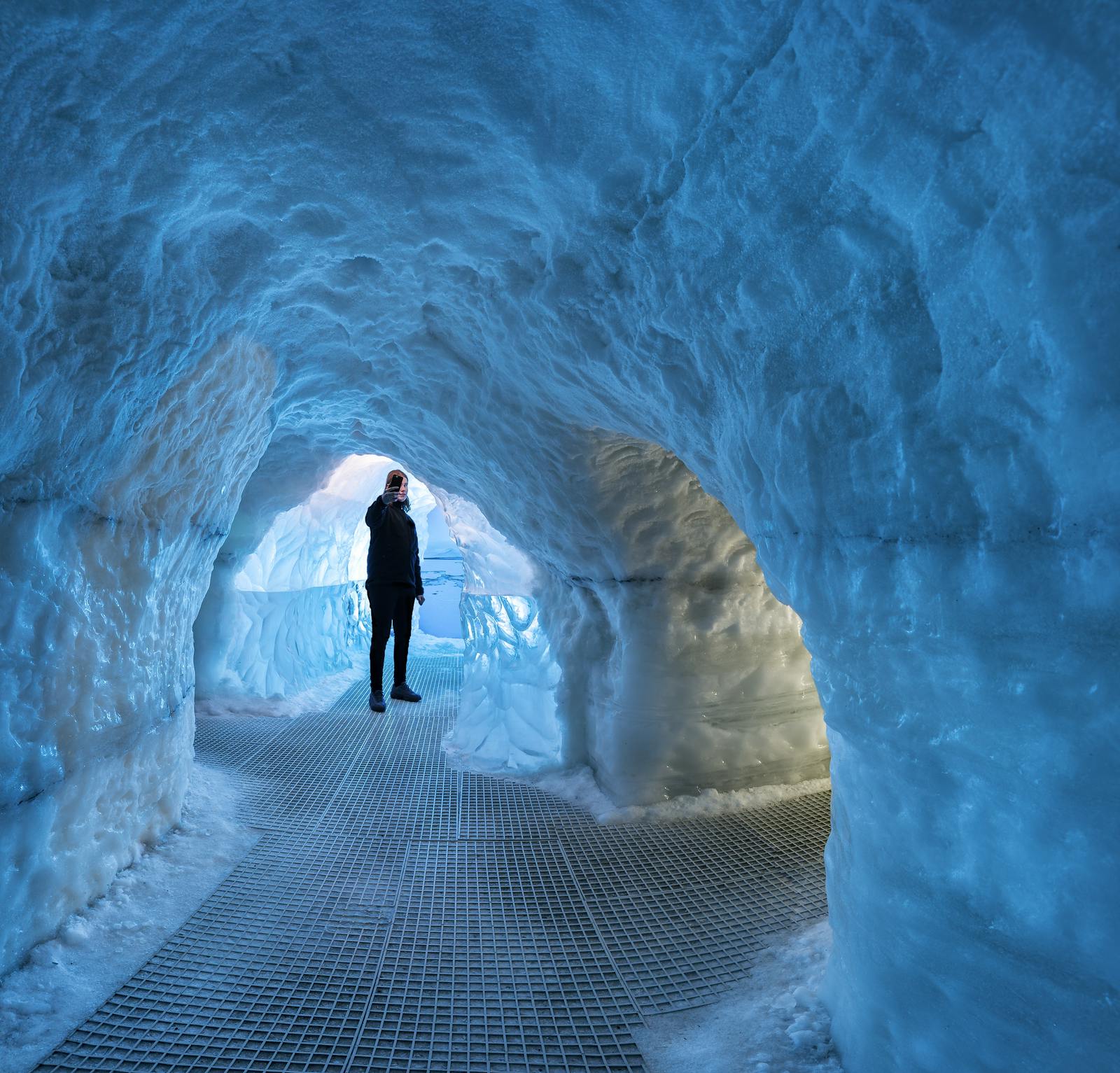
FAQ
Is glacial retreat good or bad?
It’s mostly bad. While it creates new landscapes, it also leads to sea level rise, water shortages, and ecosystem disruptions.
What happens after a glacial retreat?
Exposed rock, new lakes, and plant growth appear. However, it can also lead to landslides and floods.
Why is glacial retreat happening so fast?
Climate change is the leading cause, with rising temperatures, reduced snowfall, and warming oceans speeding up ice loss.
Why are glaciers blue?
Glaciers appear blue because the ice absorbs red light and reflects blue light.
Where is the largest existing glacier located?
The Antarctic Ice Sheet is the largest glacier, covering 14 million square kilometres.
Can we stop glaciers from melting?
We can slow it down by reducing carbon emissions, protecting natural habitats, and supporting climate policies.








